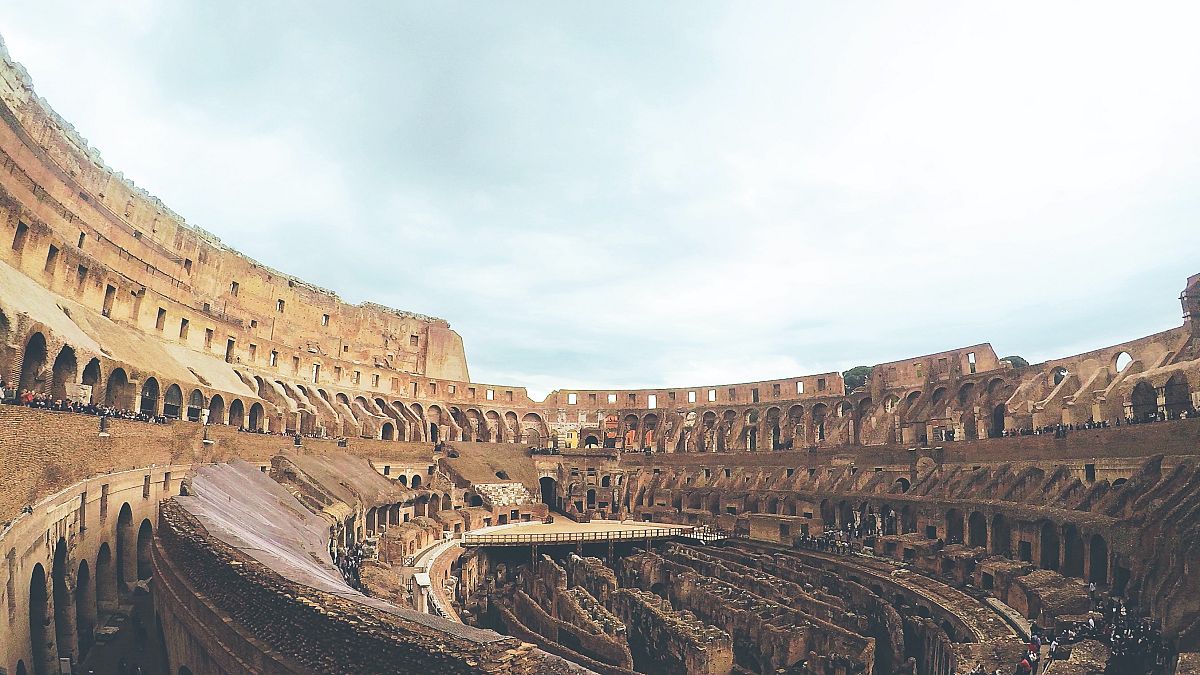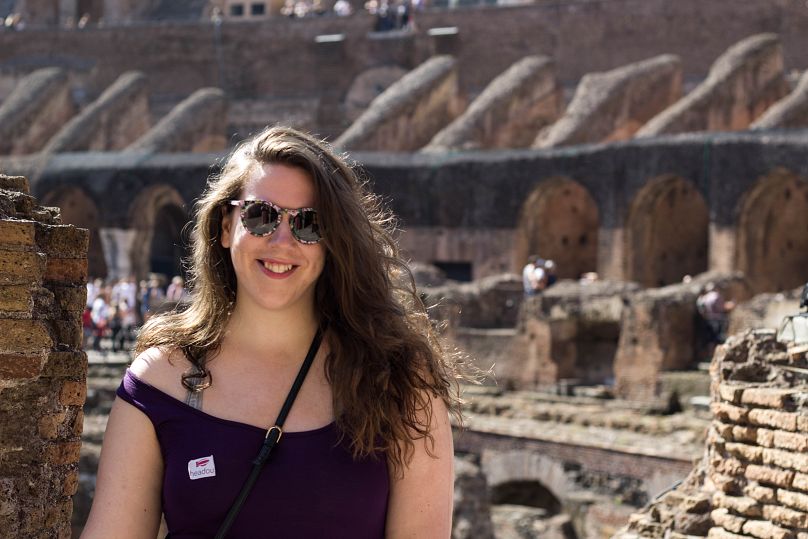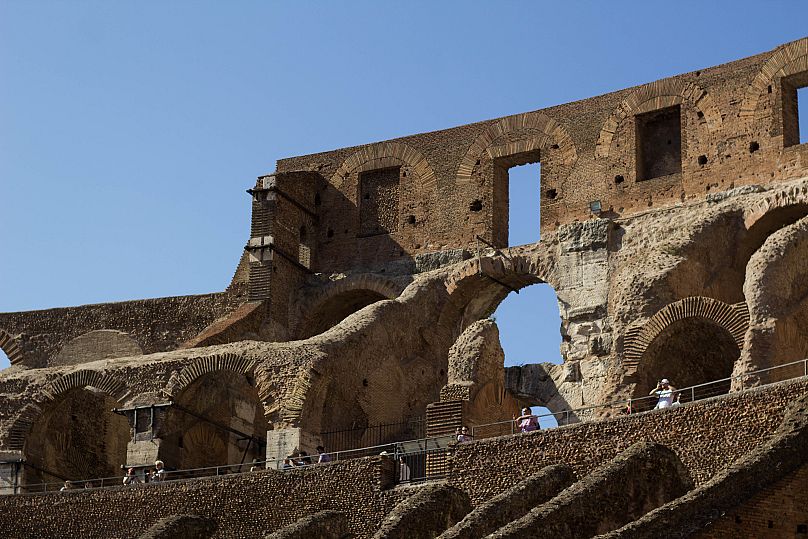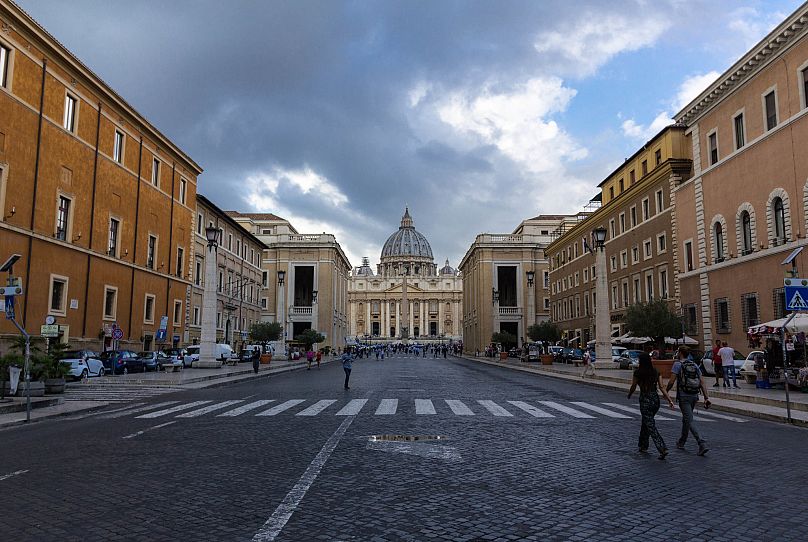We explore the iconic Roman Colosseum from an accessibility perspective.
When I first entered the Roman Colosseum it was not the magnitude of the ancient structure or the exposed labyrinth of underground passages that left me awestruck - it was the lift taking wheelchair users all the way to the top.
As a disabled person, travelling wherever and whenever I want can feel like an impossible dream, because I sometimes require step-free access and rest stops to accommodate my health. But entering this famed tourist hub and seeing the ancient site’s accessibility offered me some hope for the future of accessible travel.
Why is accessible travel still a problem?
For disabled folk all over the world, accessible travel can be a nightmare, because accessibility is often treated as an afterthought. As Ben Kirby General Manager of Enable Holidays explains, “[Disabled people’s] needs aren’t considered in many general travel companies. They offer a hotel and say an adapted room is on request. We have a lot of cases where tour operators cancel people’s holidays three or four weeks before departure because the adapted room isn’t available, and then [disabled tourists] call us and say ‘my holiday has been cancelled because I couldn’t get the room I needed, can you help me?’”
So, when holiday goers went into meltdown over pandemic holiday cancellations, I lacked any sympathy because inaccessible travel destinations are a constant reality for disabled travellers all over the world.
Arriving in Rome from London, where the age of underground stations is frequently cited as a reason not to make them accessible, the wondrous sight of wheelchair-accessible ancient ruins was empowering. In London only 71 out of 270 underground stations are wheelchair accessible, yet proud protectors of a nearly 2,000-year-old building have ensured that disabled people can enjoy the same experience as every non-disabled tourist.
The irony of Rome getting accessibility right
Although I am not a wheelchair user and I can use stairs on good days, the irony of step-free access at an iconic symbol of Roman culture did not escape me.
In Ancient Rome, disabled people were typically treated with indifference at best and outright violence at worst. Even the Twelve Tables, the foundation of Roman law, said that any child born with a notable deformity should be put to death by stoning.
Though disabilities acquired in battle were considered honourable, disabled people faced many difficulties living in Roman society. Seeing disabled people access a site that once would have been filled with people who disregarded or hated them felt like an undeniable sign of progress.
Later, after reaching the top of the Colosseum, I was struck by my good fortune. The world often fails to prioritise accessibility but being inside this monumental structure felt like an immense privilege because the people who once presided over it probably would have preferred it if I never stepped foot inside.
Signs of progress
I visited Rome by finding accommodation with lift access on AirBnB, but travel companies specialising in disabled access are popping up all over the world. Each one creating space for disabled travellers to roam and roll as far as they want to.
Founder of Limitless Travel Angus Drummond was diagnosed with muscular dystrophy in his early 20s. After quitting his investment-banking job to travel the world, he realised that accessible travel was a rarity. He says, “When away I discovered how hard it is to travel with a disability, and how there was no support to help people. I wanted to do something about it and so Limitless was born. We now want to not just enable but empower people with disabilities to go on holiday and make the most of everything life has to offer.”
Companies like Enable and Limitless ensure that disabled access is at the centre of every trip they plan. When booking for a disabled traveller they guarantee accessible rooms and thoroughly audit accommodations to ensure that their claims of accessibility are verified.
There’s still a long way to go
Though many Roman monuments are accessible, the city itself is often inaccessible due to limited accessible travel options and uneven or cobbled terrain all over the city. I often struggled to find lift access on the metro and a wheelchair user would have found many of its streets impassable, which was a disheartening contrast after visiting the glorious Colosseum.
Luckily, other cities are ahead of the game, like Luxembourg, which took the top spot for most accessible cities in Europe in 2019 thanks to 33 per cent accessible attractions and 18.5 per cent accessible accommodations. But these figures are still low and many disabled travellers are being left out.
For real change to happen in cities like Rome disabled people’s needs must be centred. Angus says this can be done “by talking to disabled people and listening to their needs.”
Transformation will be slow but accessible travel can be a possibility if it is made a priority. “Rather than having one room that ticks the box, there are millions of people that would love to travel or do travel with disabilities, so why don’t we have ten rooms or more that are designed and built disabled friendly?” says Ben. “Local governments in destinations need to take on advice of people that have those needs, rather than just a board of people who’ve never needed to use a wheelchair.”
Traipsing around Rome remains one of my favourite holidays and I’ll forever relish in the delight of seeing that lift flying up to the top of the Colosseum. But there is still a lot to do before true and consistent accessibility is a reality for all disabled travellers.
Hopefully in the future every single city in the world will centre accessibility and when a disabled person enters the Roman Colosseum they won’t be struck by its accessibility in the same way I was, because access will be the foundation of every progressive city.
Every weekday at 21.00 CET, Euronews Travel brings you a story from somewhere different around the world. Download the Euronews app to get an alert for this and other breaking news. It's available on Apple and Android devices.






